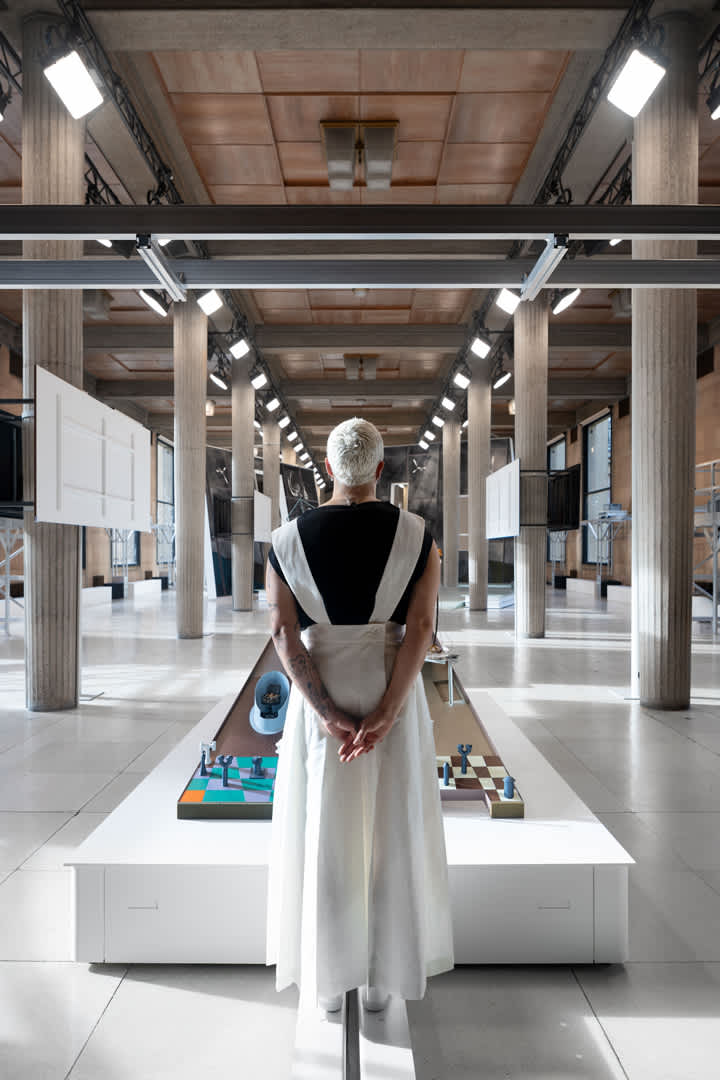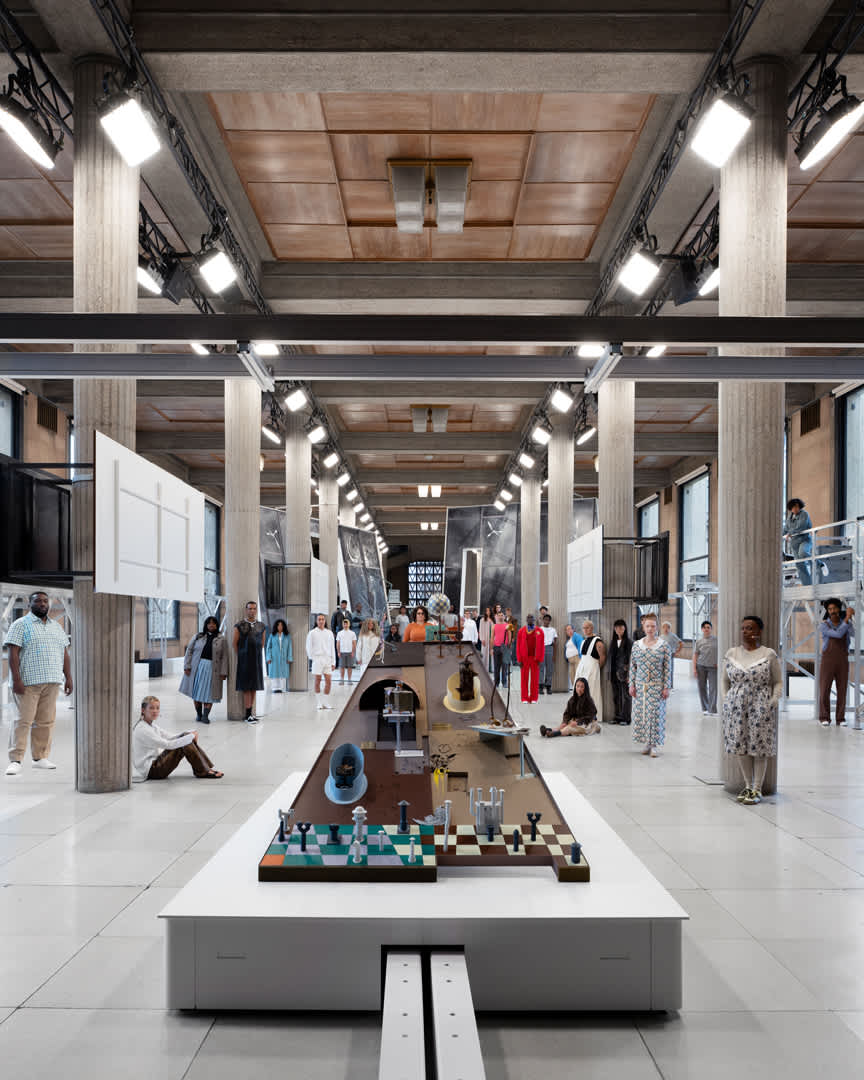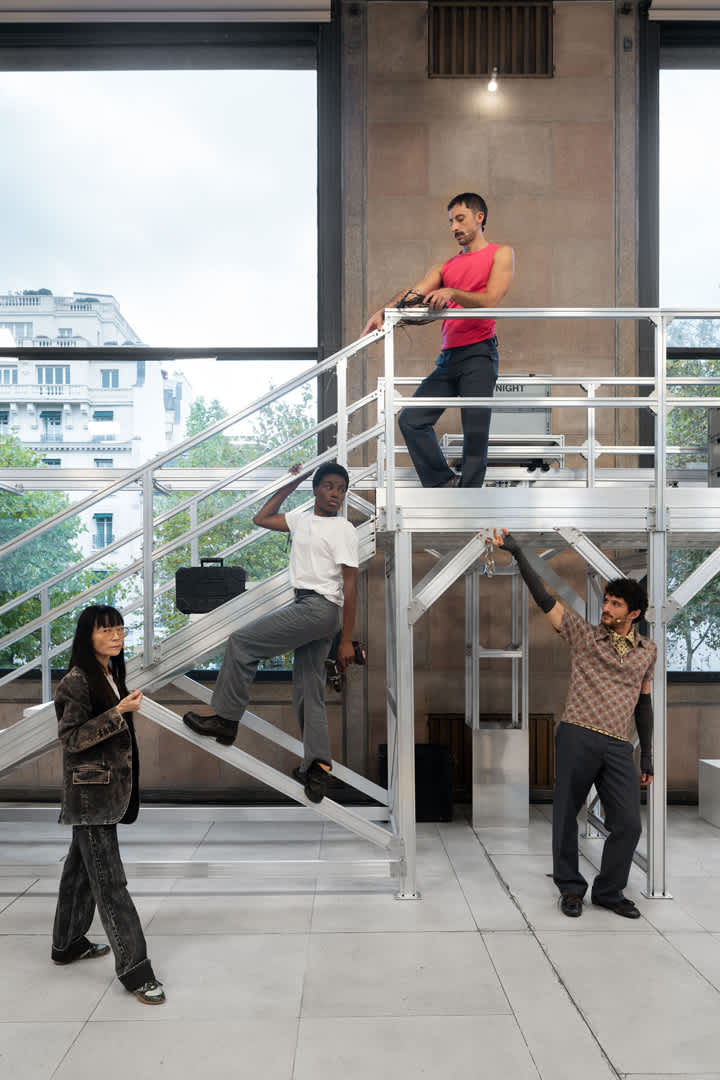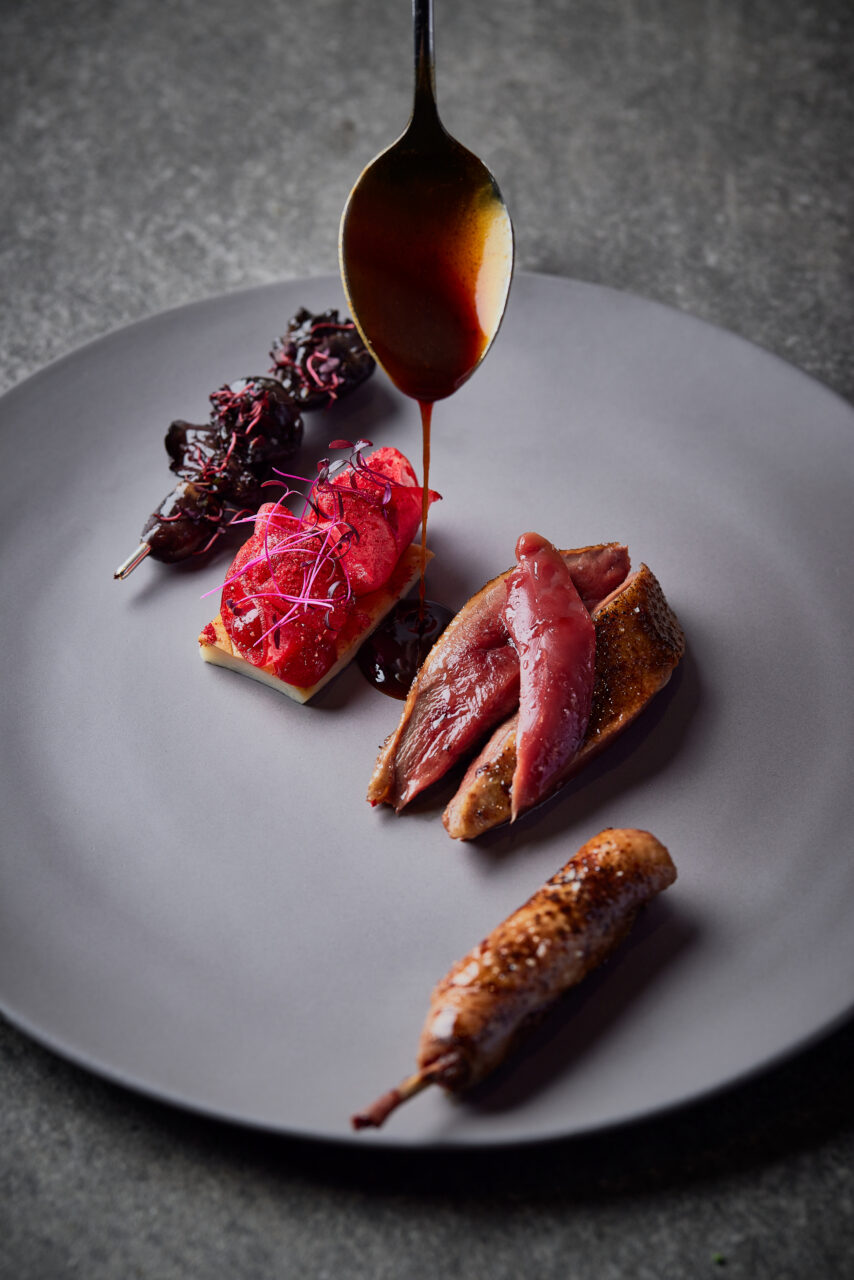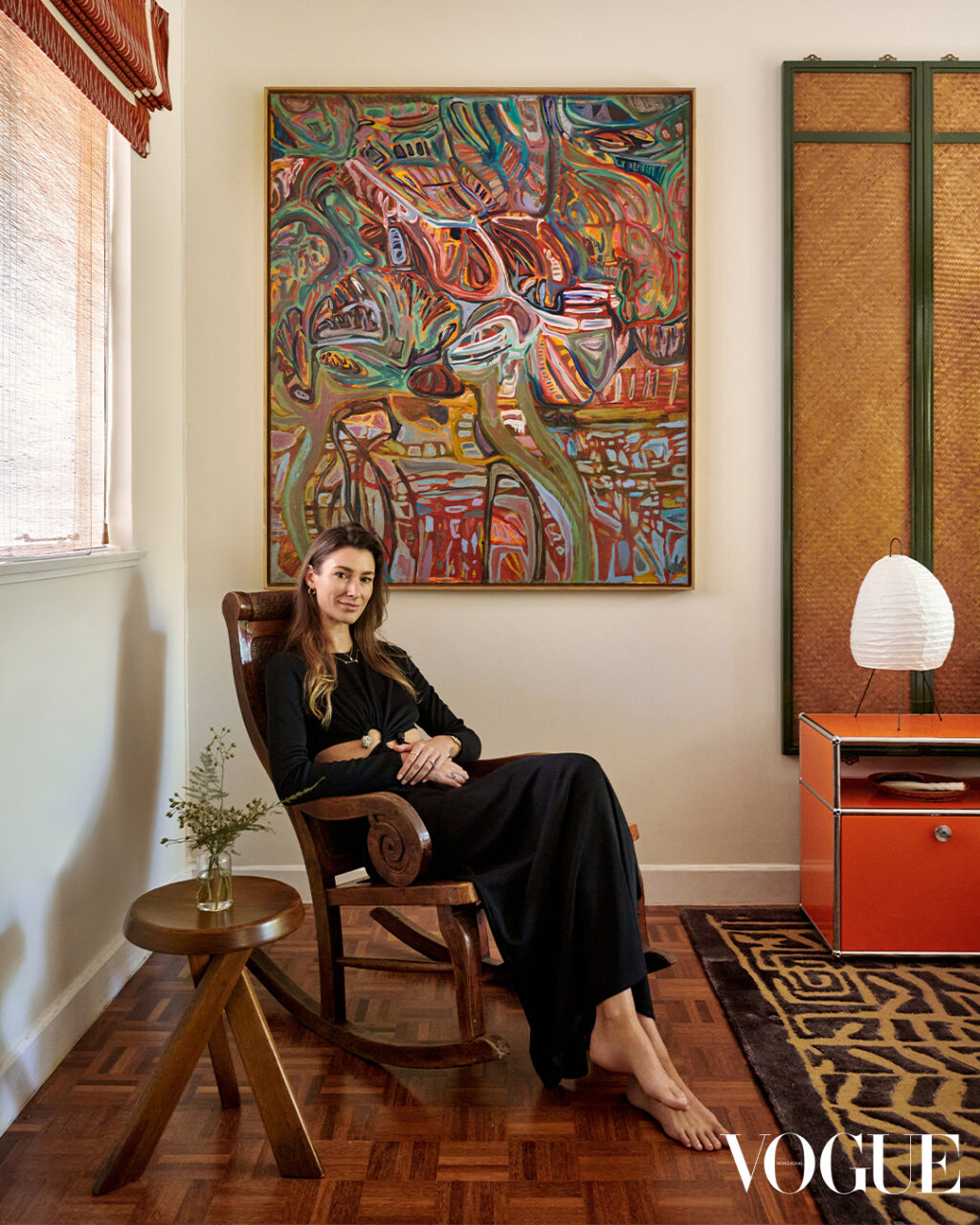“You are about to encounter the thing you’ve already forgotten.” The simple statement was typed onto a thin slip of white paper. In a moment that felt like choreographed chance, welding the happenstance of where I was sitting and the performer’s mapped-out route, the performer passed the slip of paper from his hand to mine.
Folding it open, the familiar giddiness of this childhood practice became laden with the weight of the message. Seeing that some other audience members also received a slip of paper, the moment appeared to unite the crowd in a collective experience, but the act of receiving and reading was one of solitude. Was everyone affected by the same message? The questions that surfaced wedged the gap further. Yet it is in these gaps that possibilities spring.
The encounter took place during Art Basel Paris (Oct 22-26, 2025) during the “30 Blizzards.” project performance, conceived by multidisciplinary artist Helen Marten. As the Public Programme Official Partner for Art Basel Paris 2025, Miu Miu continues to engage with stories of femininity and women’s lives. This year, at the invitation of Miuccia Prada and Miu Miu, Marten presented “30 Blizzards.”, a project that examines the potential life stages of women.
Marten is a British artist who investigates how we exist and re-translate the world around us. Her work is in the public collection of The Museum of Modern Art (MoMA), New York, Tate, London, and the Solomon R. Guggenheim Museum, New York, among others. In 2016, she was awarded the prestigious Turner Prize and has participated in multiple Biennales. Shifting between mediums of sculpture, painting, drawing, video, and writing, Marten, for the first time, expanded her work to include performance.
The exhibition is physically constructed around five sculptures, paired with five newly conceived videos, each featuring a monologue. Each pair referenced a moment in life, chronologically shifting from childhood to community, to sexuality, to interiority, and finally to loss. The voices of each video served as a narrative punctuation, breaking up the amorphous libretto structure of the performance.
At the heart of the performance are the 30 characters played by 30 performers. Each was assigned their own unique “emotional weather”, moving between song and speech as they weaved through, danced through, ran through the Palais d’Iéna, inhabiting the space. Conceived in close collaboration with theatre and opera director Fabio Cherstich in a choreographed performance, the characters are named and themed multifariously—weather systems, animals, archetypal characters, even pure gesture or feeling. Think “Kindness”, but also “Rain”, and “The Oracle”, along with “The City” and “Asphalt”. Their linguistic and textual outbursts position them as both singular entities and a collaborative group. In the same vein, their encounters with one another—brushing fingers, holding eye contact, embracing—create moments of connection that build towards a momentous and hopeful unity.
““30 Blizzards.” takes language, humour, material and diagram to suggest that the intricate power of any individual is continually entangled in a wider content of collective identity—determined seeds both held and scattered by wind,” Marten pens in the appendix of her exhibition catalogue.
As audience members, we traverse the exhibition space untrammelled by proximity. The performers move as we walk among them. The watching of performance becomes enmeshed with the looking of one another, fusing the captivated contemplation of performers with the curious gazes that naturally befall fellow audience members. Naturally, we become part of the spectacle of looking as we navigate our own route in space.
Marten continues in her exhibition catalogue, “and between sequences of expression, there are gaps: they are watered, and something new grows upwards in between.”
Diving into the gaps and cracks in writing—inspired by the idea of “gap gardening” posited by Rosmarie Waldrop—Marten developed two panel conversations titled “Pleasure Image, Pleasure Text” for “30 Blizzards.” The afternoon of these conversations, dozens readied their pens and notebooks and filled up the hemicycle of the Palais d’léna. Marten herself sat in the front row.
The first conversation, titled “A Specific Watering: Gap Gardening”, gathered the bright minds of Bhanu Kapil, Preti Taneja, and Simone White. Moderated by Juliet Jacques, the panellists discussed the generative possibility of gaps in poetry, criticism, and writing. In Taneja’s words, it’s the “breathwork of what’s on the page”. The second conversation, titled “Glyphic Apparations And The Lost Planet: What Falls To Dust Ever Returns”, was an expansive discussion with panellists Vanessa Onwuemezi, Nuar Alsafir, and Rachel Allen. The conversation moved from dissecting productive versus violent metaphors to the evasive spaces of the mind, to the bloating and compressing of time, to how language is in the body. The enriching whirlwind of a conversation ended with Allen reading a riddle from The Exeter Book riddles—a fragmentary collection of verse riddles in Old English written by monks. Chaired by writer, journalist, and filmmaker Juliet Jacques, both conversations were deep and thoughtful explorations of the possibilities of language that beautifully echoed the “30 Blizzards.” performance.
Discover “30 Blizzards.” here.
Editor
Karrie Lam